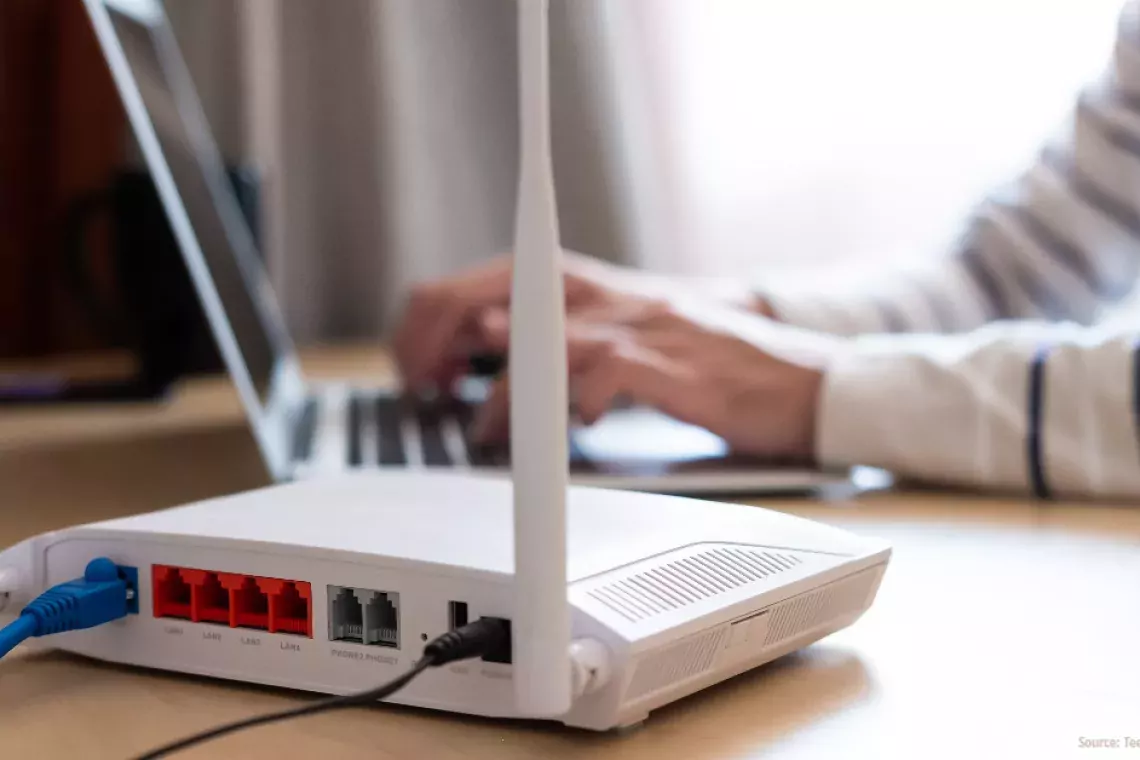Calling on Agencies to Take a Closer Look at Their Phone Bills
Think of your phone bill. Even if you don’t scrutinize it every month, you probably check to make sure the charges seem reasonable or to see if you can get a better deal, especially when your contract is up.
Now imagine the government’s phone bills. Federal agencies can have thousands of lines. Is the government taking steps to keep costs down? To help answer this, today’s WatchBlog examines federal phone costs.
Save money with a new contract? Not so fast…
In 2007, the General Services Administration (GSA) established a set of new government-wide telecommunications contracts, known as Networx, with more services and better prices than its previous offerings. GSA expected agencies using old contracts to switch over to the new ones within 39 months.
Instead, the actual transition took almost twice that long. As a result, agencies had $66 million in unplanned transition costs and missed out on $329 million in savings. Complex contracts, a lack of properly trained staff, and weaknesses in agency planning contributed to the delays.
GSA expects to award a successor to Networx next year. This time, GSA and agencies will have to do a better job of planning and executing the transition to avoid similar expenses.
Some agencies don’t know where they left their cell phones
Two key ways for agencies to control spending are to (1) maintain an accurate inventory of their mobile devices and services, and (2) identify over- and under-use of service plans.
Yet the 15 agencies with the largest mobile phone bills were not always using these techniques. Specifically,
- only 5 of these agencies had accurate inventories of mobile devices and services, although another 7 had some inventory data; and
- only 1 agency had adequate procedures to identify misuse, while 11 had some level of procedures for reviewing mobile spending.
Why is this happening? In part, because of agencies’ decentralized management. For example, many agencies don’t have a single list of all of their mobile devices, service plans, and usage, making it hard for management to determine if they have the right number of devices on the right plans.
And being on the right plan can mean real savings. For plans that included unlimited voice, text, and data, some agencies paid nearly twice as much as others—$122 per line each month as opposed to $69.
Answering the call
We have made multiple recommendations to help federal agencies save money on phone services. For example, we recommended that GSA help agencies plan for the next telecommunications contract transition with better guidance for identifying staffing needs. We also recommended that the agencies with the largest mobile phone bills take a more consistent and centralized approach to managing their mobile devices and service plans. Check here to see how agencies answer the call.
Comments on GAO’s WatchBlog? Contact blog@gao.gov.
GAO Contacts
Related Products

GAO's mission is to provide Congress with fact-based, nonpartisan information that can help improve federal government performance and ensure accountability for the benefit of the American people. GAO launched its WatchBlog in January, 2014, as part of its continuing effort to reach its audiences—Congress and the American people—where they are currently looking for information.
The blog format allows GAO to provide a little more context about its work than it can offer on its other social media platforms. Posts will tie GAO work to current events and the news; show how GAO’s work is affecting agencies or legislation; highlight reports, testimonies, and issue areas where GAO does work; and provide information about GAO itself, among other things.
Please send any feedback on GAO's WatchBlog to blog@gao.gov.



